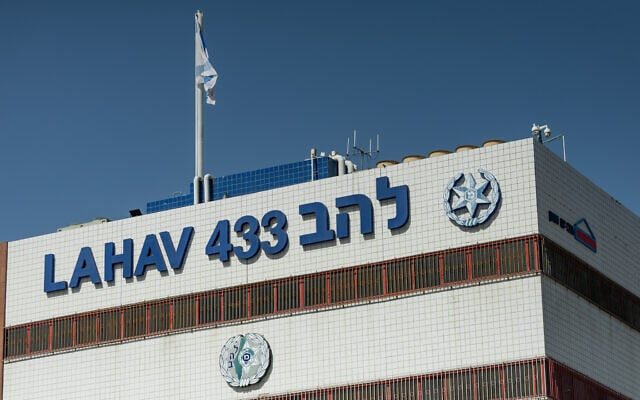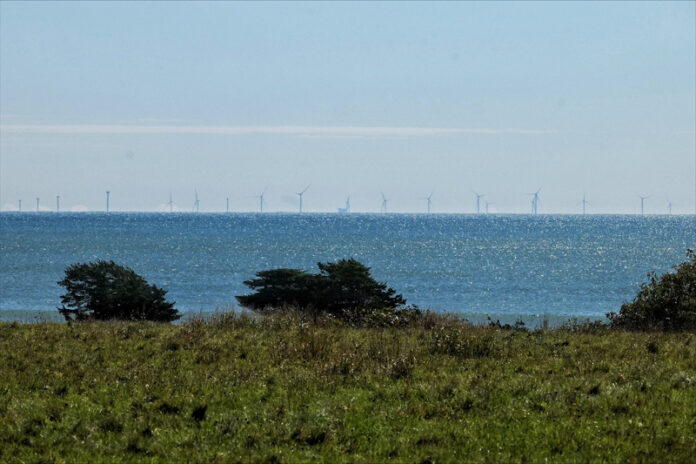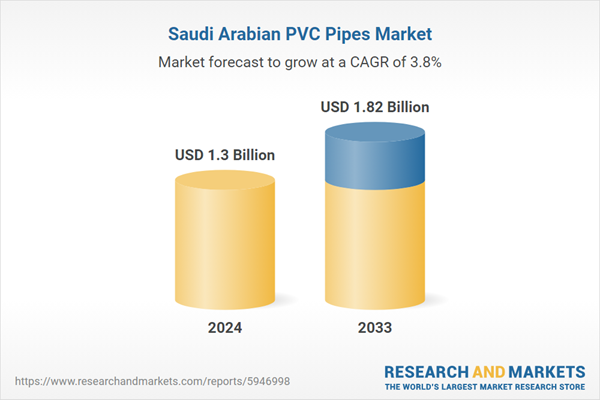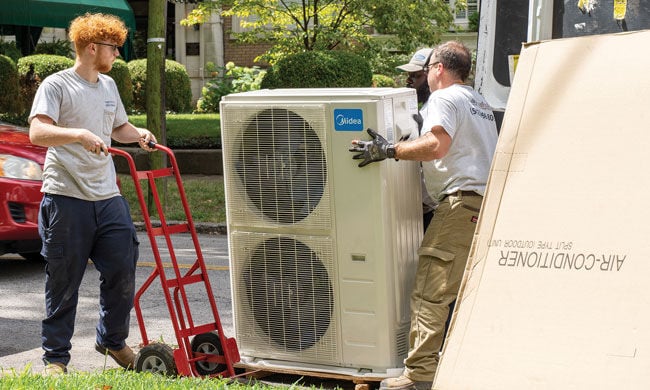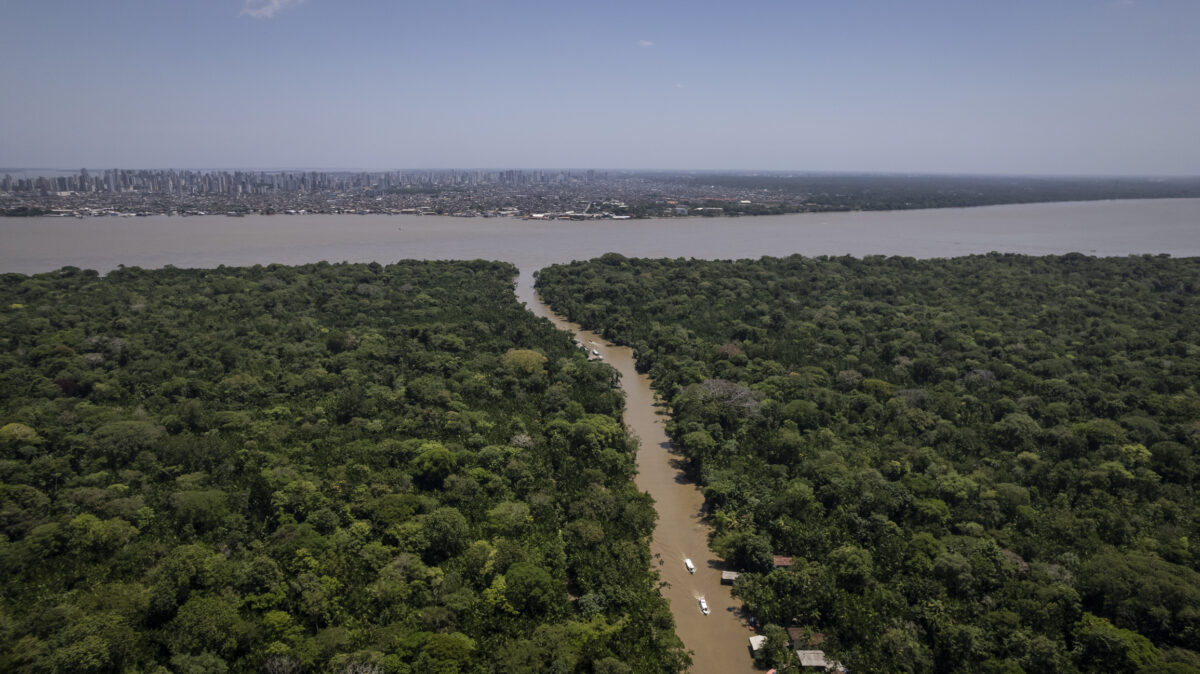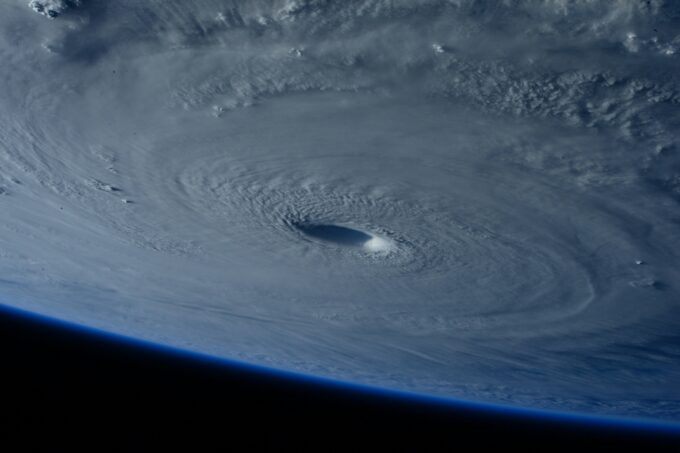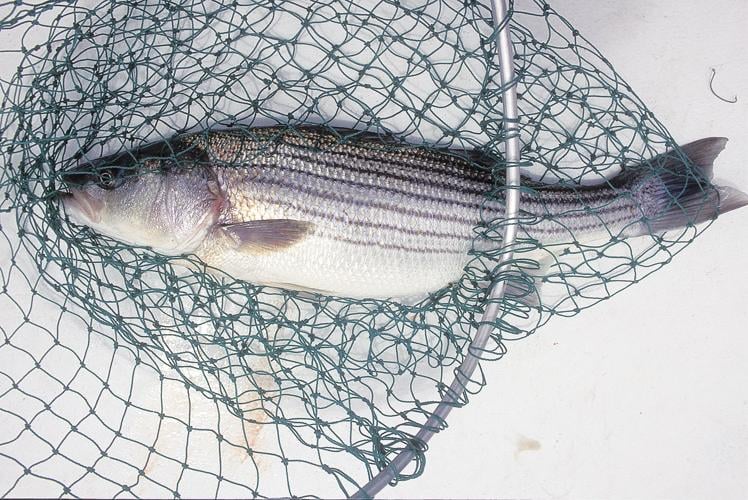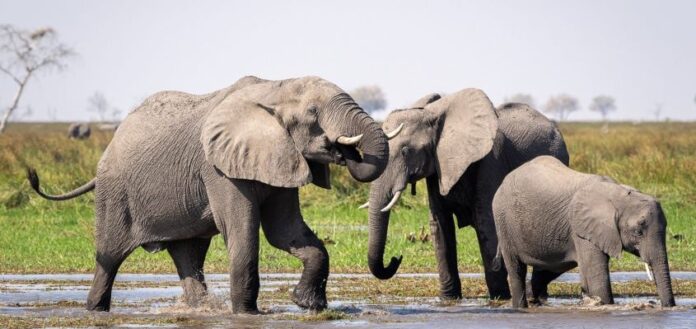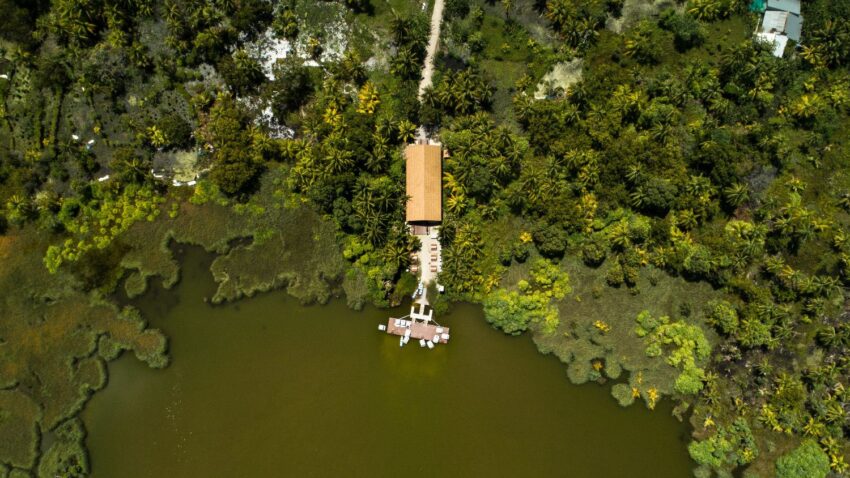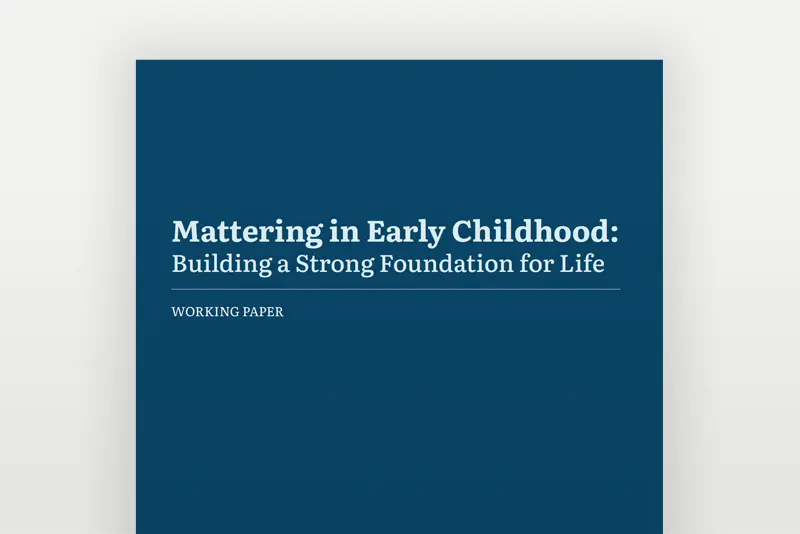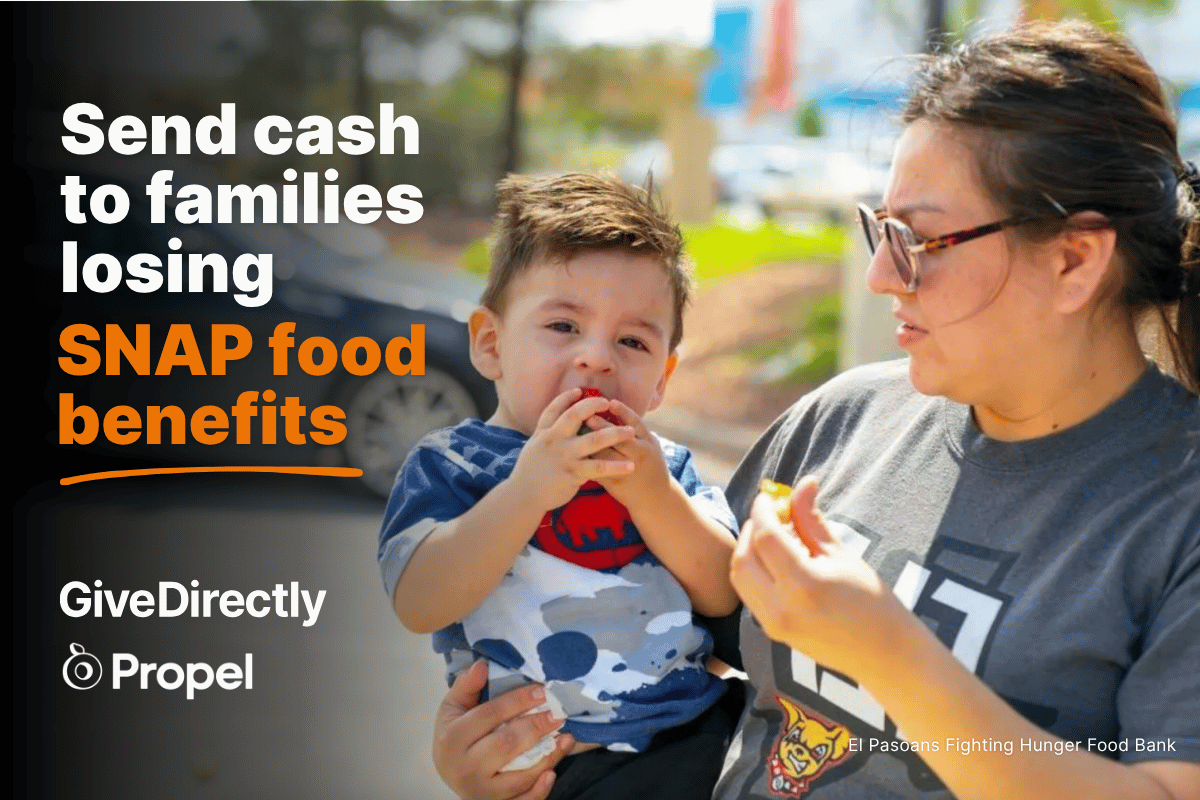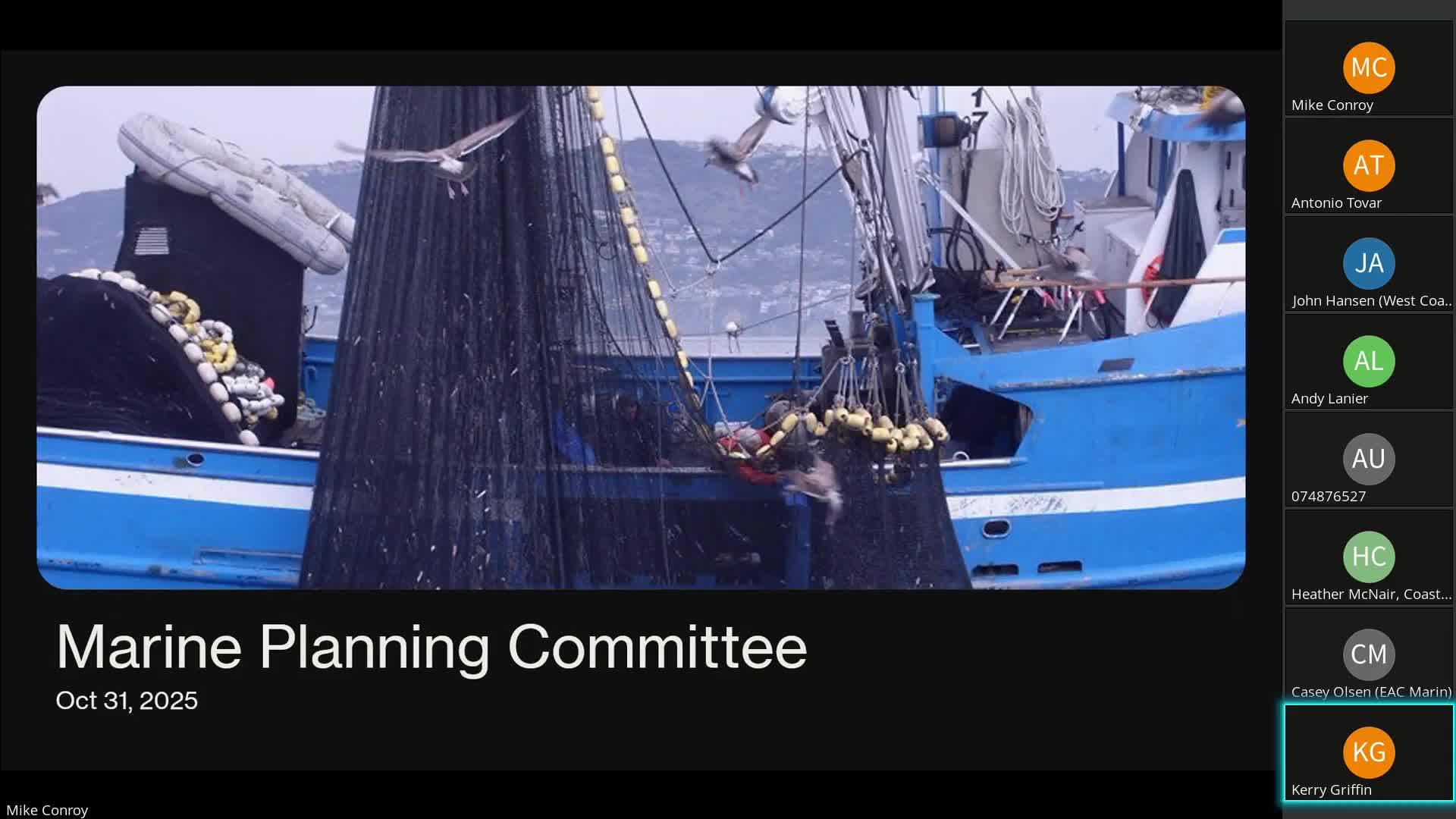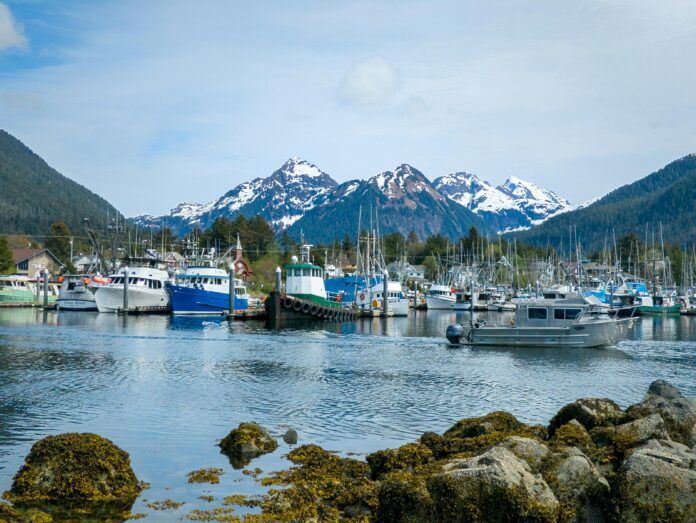Improving forest ecosystem functions by optimizing tree species spatial arrangement – Nature

Report on Optimizing Tree Species Spatial Arrangement to Enhance Forest Ecosystem Functions
Abstract
Reforestation and afforestation are critical strategies aligned with the United Nations Sustainable Development Goals (SDGs), particularly SDG 13 (Climate Action) and SDG 15 (Life on Land), aimed at mitigating atmospheric CO2 and enhancing ecosystem services. This study investigates the impact of tree species spatial heterogeneity on forest biomass production, litterfall distribution, decomposition, and nutrient cycling. Using data from the subtropical BEF-China experiment, simulations reveal that increasing spatial heterogeneity in forests with eight tree species significantly improves biomass production, litter decomposition, and associated carbon and nitrogen cycling. These effects intensify with higher species richness, emphasizing the importance of spatial arrangement in biodiversity-ecosystem functioning (BEF) relationships. The findings advocate for incorporating spatial heterogeneity considerations in reforestation and afforestation projects to maximize ecosystem benefits.
Introduction
Forests play a pivotal role in carbon sequestration, directly contributing to SDG 13 (Climate Action) by mitigating climate change impacts. Reforestation and afforestation programs have gained prominence as nature-based solutions to counterbalance rising carbon emissions (SDG 15: Life on Land). Species-rich forests enhance productivity and soil carbon storage, linking aboveground biomass to soil carbon sequestration, thereby supporting SDG 15 and SDG 13.
While ecosystem functions such as productivity and litter decomposition are typically assessed at the stand level, underlying processes are spatially constrained and influenced by interactions among neighboring trees. Spatial heterogeneity in species distribution can maximize these interactions, leading to more evenly distributed litterfall and enhanced decomposition, which are crucial for nutrient cycling and carbon storage.
This study hypothesizes that:
- Increasing tree species spatial heterogeneity positively influences tree biomass, litterfall distribution, and decomposition processes.
- Higher species richness amplifies the effects of spatial heterogeneity on ecosystem functioning.
These hypotheses align with SDG 15 by promoting biodiversity and ecosystem resilience and SDG 13 by enhancing carbon sequestration.
Methods
Study Site and Experimental Design
The study was conducted at the BEF-China experimental site in subtropical China, characterized by species-rich broad-leaved forests. The site supports SDG 15 by conserving biodiversity and ecosystem integrity.
Tree biomass, litterfall, and decomposition were measured across various spatial arrangements of tree species, including block, line, mini-block, and random distributions. Simulations were performed for 2-, 4-, and 8-species mixtures to assess the effects of spatial heterogeneity on ecosystem functions.
Data Collection and Modeling
- Tree biomass was estimated using species-specific allometric relationships and growth models.
- Litterfall was sampled and identified to species level, with models predicting litter distribution based on biomass and spatial proximity.
- Litter decomposition was measured using litterbag experiments, with models incorporating species identity and diversity effects.
Simulations integrated these empirical data to predict forest biomass, litterfall distribution, and decomposition rates under different spatial heterogeneity scenarios.
Results
Impact of Spatial Heterogeneity on Forest Biomass and Litter Dynamics
Simulations demonstrated that increasing tree species spatial heterogeneity in eight-species mixtures led to:
- A significant increase in tree biomass production (+1,100 g/m² comparing block to random designs).
- Constant total litterfall amount but decreased spatial variability, indicating more homogeneous litter distribution.
- Increased litter species richness per forest floor pixel, enhancing biodiversity at micro-scales.
Enhancement and Stabilization of Litter Decomposition
Higher spatial heterogeneity resulted in:
- Increased decomposition rates of carbon and nitrogen (e.g., carbon decomposition increased from 36.5% to 47.1%).
- Reduced spatial variability in decomposition, indicating stabilized nutrient cycling processes.
- Planting species in lines, as opposed to blocks, improved decomposition rates by approximately 10%, balancing ecological benefits and management feasibility.
Interaction Between Species Richness and Spatial Heterogeneity
Tree species richness positively influenced biomass, litterfall, litter species richness, and decomposition. Importantly, the benefits of species richness on litter dynamics were significantly enhanced by increased spatial heterogeneity, highlighting a synergistic effect. This interaction underscores the importance of spatial arrangement in maximizing biodiversity benefits, directly supporting SDG 15.
Discussion
Ecological Implications of Spatial Heterogeneity
Spatial heterogeneity promotes more even litter distribution and higher litter diversity, which accelerates decomposition and nutrient cycling. These processes are vital for carbon sequestration and soil fertility, contributing to SDG 13 and SDG 15. The study suggests that spatially heterogeneous planting designs can optimize ecosystem functions without increasing total litterfall, enhancing forest sustainability.
Role of Biodiversity and Species Interactions
The findings reveal that spatial heterogeneity is a critical, yet often overlooked, factor in biodiversity-ecosystem functioning relationships. Enhanced species interactions due to heterogeneous spatial arrangements strengthen ecosystem processes, emphasizing the need to integrate spatial considerations in forest management and biodiversity conservation strategies aligned with SDG 15.
Management Considerations
While species-rich and spatially heterogeneous forests provide ecological benefits, practical forest management often favors simpler designs for cost and feasibility reasons. This study identifies planting trees in lines as a promising compromise that substantially improves ecosystem functions while maintaining manageable forestry practices. This approach supports sustainable forest management under SDG 15 and climate mitigation efforts under SDG 13.
Conclusions
Addressing climate change (SDG 13) and biodiversity loss (SDG 15) requires effective reforestation and afforestation strategies. This study demonstrates that optimizing the spatial arrangement of tree species enhances forest ecosystem functions, including biomass production, litter decomposition, and nutrient cycling. Promoting species spatial heterogeneity, even at low species richness, significantly boosts biodiversity benefits and carbon sequestration potential.
Implementing spatially heterogeneous planting designs, such as species lines, offers a feasible and effective strategy for sustainable forest management. Future research should integrate ecological and applied perspectives to refine planting designs that maximize ecosystem services, contributing to the achievement of multiple Sustainable Development Goals.
References and Data Availability
- Data and R scripts used in this study are publicly available at https://doi.org/10.5281/zenodo.13808826.
1. Sustainable Development Goals (SDGs) Addressed or Connected
- SDG 13: Climate Action
- The article discusses reforestation and afforestation as nature-based solutions to mitigate rising atmospheric CO2 concentrations and climate change.
- SDG 15: Life on Land
- Focus on promoting biodiversity, species-rich forests, and sustainable forest management to enhance ecosystem functioning and services.
- Emphasis on conserving existing forests and restoring natural forests.
- SDG 12: Responsible Consumption and Production
- By optimizing tree species spatial arrangement and promoting biodiversity, the article contributes to sustainable forest management practices.
2. Specific Targets Under the Identified SDGs
- SDG 13: Climate Action
- Target 13.2: Integrate climate change measures into national policies, strategies, and planning.
- Target 13.3: Improve education, awareness-raising and human and institutional capacity on climate change mitigation.
- Implied Target: Enhance carbon sequestration through reforestation and afforestation programs.
- SDG 15: Life on Land
- Target 15.1: Ensure the conservation, restoration and sustainable use of terrestrial and inland freshwater ecosystems and their services.
- Target 15.2: Promote the implementation of sustainable management of all types of forests, halt deforestation, restore degraded forests and substantially increase afforestation and reforestation globally.
- Target 15.5: Take urgent and significant action to reduce the degradation of natural habitats, halt the loss of biodiversity.
- SDG 12: Responsible Consumption and Production
- Target 12.2: Achieve the sustainable management and efficient use of natural resources.
- Target 12.8: Ensure that people have the relevant information and awareness for sustainable development and lifestyles in harmony with nature.
3. Indicators Mentioned or Implied to Measure Progress
- Carbon Sequestration and Biomass Production
- Tree biomass production measured in grams per square meter (g/m2), indicating carbon storage capacity.
- Simulated tree growth models predicting biomass accumulation over time.
- Litterfall and Litter Decomposition Rates
- Amount of litterfall (g/m2) as a proxy for nutrient cycling and carbon input to soil.
- Decomposition rates of carbon and nitrogen from litterbags, measured as percentage loss over time.
- Spatial heterogeneity and variability of litterfall and decomposition across forest stands.
- Species Richness and Spatial Heterogeneity
- Number of tree species per pixel or plot, indicating biodiversity levels.
- Spatial arrangement metrics measuring heterogeneity of species distribution (e.g., deviation from random distribution of conspecific neighbors).
- Forest Ecosystem Functioning
- Carbon and nitrogen cycling dynamics as indicators of ecosystem health and function.
- Stability of decomposition and litterfall processes in space.
4. Table of SDGs, Targets, and Indicators
| SDGs | Targets | Indicators |
|---|---|---|
| SDG 13: Climate Action |
|
|
| SDG 15: Life on Land |
|
|
| SDG 12: Responsible Consumption and Production |
|
|
Source: nature.com

What is Your Reaction?
 Like
0
Like
0
 Dislike
0
Dislike
0
 Love
0
Love
0
 Funny
0
Funny
0
 Angry
0
Angry
0
 Sad
0
Sad
0
 Wow
0
Wow
0


















